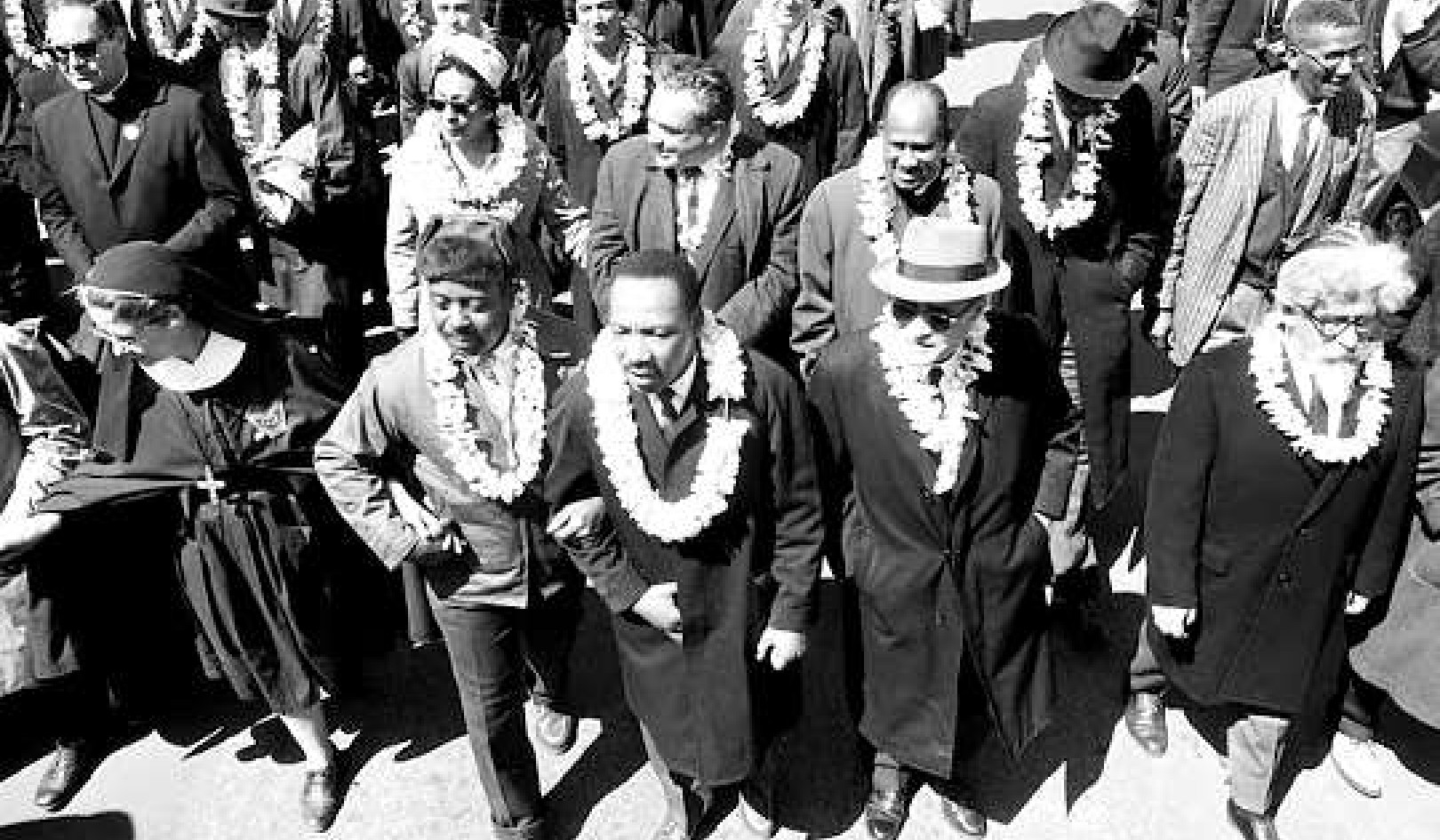The Boxing Day sales are an essential part of Australia’s festive season.
Every year on December 26 news outlets invariably feature stories about excited shoppers queuing up at the major department stores hoping to score bargains and heavily discounted products. While such reports portray the day’s sales as a time-honoured tradition, they are only a recent ritual.
The origins of Boxing Day date back to the Middle Ages, when English masters gave their servants a day off after the Christmas celebrations. The servants would be given a box containing leftover food and treats to share with their families. In 1871 the day was formally recognised as a public holiday in the United Kingdom. Australian colonies later followed suit.
In the 19th and the early 20th centuries, the Boxing Day holiday was largely a day of rest and entertainment. Community sporting events were often held – a tradition that continues in Australia with the Boxing Day Test in Melbourne and the Sydney to Hobart yacht race.
As Boxing Day was an official public holiday, major retailers like department stores were not permitted to trade. These stores only re-opened for business three to five days after Christmas. Retailers certainly advertised “post Christmas bargains”, but most used this period to prepare for the annual stocktake sales that began shortly after New Year’s Day.
When the day became all about shopping
A gradual shift occurred during the economic boom after the second world war.
As consumer expenditure increased, the competition between retailers intensified. Eager to get ahead of the pack, Myer was advertising its “pre-stocktaking sale” in 1954. As others began their post-Christmas stocktake sales earlier, they became a key part of the retail annual cycle.
By the 1980s retail trading hours were coming under pressure. Since the beginning of the 20th century, retail was confined to 9am-6pm on weekdays and 9am-midday on Saturdays. Changing work patterns meant many Australians were only able to do their shopping in a mad rush on Saturday mornings. Over the 1980s and 1990s, trading hours were progressively extended in each state.
The liberalisation of Victoria’s retail trading hours coincided with a further intensification of competition across the department store sector. Daimaru, a Japanese department store, opened a branch in Melbourne in 1991. In its battle to steal market share from Myer and David Jones, Daimaru pioneered new initiatives, including 24-hour trading in the lead up to Christmas and trading on Boxing Day.
To promote its Boxing Day sale and generate a real buzz, Daimaru advertised a small number of enormously discounted products. These door buster sales worked. Crowds queued in the early hours of the morning to snare one of the bargains. As the doors opened, mayhem ensued as frenzied shoppers literally burst into the store.
The pursuit of a bargain got a little too serious
The appeal of the door buster sale took a hit in 1993 when one eager shopper lost the tips of her fingers in the store’s roller doors. Fearing further carnage, extreme discounts were subsequently dropped, but the crowds hoping to catch a bargain remained. By 2000, Boxing Day sales had become a firmly entrenched tradition.
Although the novelty had faded, Boxing Day sales nevertheless remained an exciting event. Television news crews continued to capture the excitement when the stores opened while newspapers reported on the size of crowds and what this revealed about the state of retail and the economy more generally.
By 2018, a discernible shift was occurring. Fewer people were queuing up and stores were opening later. The major department stores were no longer the dominant retailers they had once been. A broader range of brands and cheaper products could be found elsewhere, notably online, where bargains could be secured without the frustrations of dealing with other frantic shoppers.
The arrival of online shopping
Online shopping changed Australian shopping patterns as bargain hunters could now access overseas sales like Black Friday in the United States. Staged on the day after Thanksgiving, Black Friday is American retail’s busiest day that also kicks off the Christmas shopping season. Sales abound as retailers desperately chase shoppers.
Online has become an integral part of these sales, with Black Friday being extended to Cyber Monday. Australians shopping online have readily joined in.
In 2022 Australians spent an estimated A$7.1 billion over the Black Friday sales period. While this figure is eclipsed by the $23.5 billion predicted for Boxing Day sales period, the reality is the gap is shrinking fast.
This year, it is predicted Australian expenditure on Black Friday will exceed that for Boxing Day.
Will Black Friday overtake Boxing Day?
So, are Boxing Day sales doomed to become another lost tradition? Large discounts and the convenience of shopping online have certainly helped Black Friday’s rapid growth. However, its real advantage is timing. Shoppers not only use these sales for themselves, they can do their Christmas shopping at the same time. Such a combination means Black Friday has quickly become a fixture in Australian retailing.
Of course, Boxing Day sales are not dead. Wherever there are bargains to be had, there will always be shoppers ready to buy. Rather than competing with Black Friday, it seems that the challenge for Australian retailers is to reinvent the Boxing Day sales tradition.
Maybe it’s time to bring back the door buster bargains.![]()
Robert Crawford, Professor of Advertising, RMIT University
This article is republished from The Conversation under a Creative Commons license. Read the original article.
Recommended books:
Capital in the Twenty-First Century
by Thomas Piketty. (Translated by Arthur Goldhammer)
 In Capital in the Twenty-First Century, Thomas Piketty analyzes a unique collection of data from twenty countries, ranging as far back as the eighteenth century, to uncover key economic and social patterns. But economic trends are not acts of God. Political action has curbed dangerous inequalities in the past, says Thomas Piketty, and may do so again. A work of extraordinary ambition, originality, and rigor, Capital in the Twenty-First Century reorients our understanding of economic history and confronts us with sobering lessons for today. His findings will transform debate and set the agenda for the next generation of thought about wealth and inequality.
In Capital in the Twenty-First Century, Thomas Piketty analyzes a unique collection of data from twenty countries, ranging as far back as the eighteenth century, to uncover key economic and social patterns. But economic trends are not acts of God. Political action has curbed dangerous inequalities in the past, says Thomas Piketty, and may do so again. A work of extraordinary ambition, originality, and rigor, Capital in the Twenty-First Century reorients our understanding of economic history and confronts us with sobering lessons for today. His findings will transform debate and set the agenda for the next generation of thought about wealth and inequality.
Click here for more info and/or to order this book on Amazon.
Nature's Fortune: How Business and Society Thrive by Investing in Nature
by Mark R. Tercek and Jonathan S. Adams.
 What is nature worth? The answer to this question—which traditionally has been framed in environmental terms—is revolutionizing the way we do business. In Nature’s Fortune, Mark Tercek, CEO of The Nature Conservancy and former investment banker, and science writer Jonathan Adams argue that nature is not only the foundation of human well-being, but also the smartest commercial investment any business or government can make. The forests, floodplains, and oyster reefs often seen simply as raw materials or as obstacles to be cleared in the name of progress are, in fact as important to our future prosperity as technology or law or business innovation. Nature’s Fortune offers an essential guide to the world’s economic—and environmental—well-being.
What is nature worth? The answer to this question—which traditionally has been framed in environmental terms—is revolutionizing the way we do business. In Nature’s Fortune, Mark Tercek, CEO of The Nature Conservancy and former investment banker, and science writer Jonathan Adams argue that nature is not only the foundation of human well-being, but also the smartest commercial investment any business or government can make. The forests, floodplains, and oyster reefs often seen simply as raw materials or as obstacles to be cleared in the name of progress are, in fact as important to our future prosperity as technology or law or business innovation. Nature’s Fortune offers an essential guide to the world’s economic—and environmental—well-being.
Click here for more info and/or to order this book on Amazon.
Beyond Outrage: What has gone wrong with our economy and our democracy, and how to fix it -- by Robert B. Reich
 In this timely book, Robert B. Reich argues that nothing good happens in Washington unless citizens are energized and organized to make sure Washington acts in the public good. The first step is to see the big picture. Beyond Outrage connects the dots, showing why the increasing share of income and wealth going to the top has hobbled jobs and growth for everyone else, undermining our democracy; caused Americans to become increasingly cynical about public life; and turned many Americans against one another. He also explains why the proposals of the “regressive right” are dead wrong and provides a clear roadmap of what must be done instead. Here’s a plan for action for everyone who cares about the future of America.
In this timely book, Robert B. Reich argues that nothing good happens in Washington unless citizens are energized and organized to make sure Washington acts in the public good. The first step is to see the big picture. Beyond Outrage connects the dots, showing why the increasing share of income and wealth going to the top has hobbled jobs and growth for everyone else, undermining our democracy; caused Americans to become increasingly cynical about public life; and turned many Americans against one another. He also explains why the proposals of the “regressive right” are dead wrong and provides a clear roadmap of what must be done instead. Here’s a plan for action for everyone who cares about the future of America.
Click here for more info or to order this book on Amazon.
This Changes Everything: Occupy Wall Street and the 99% Movement
by Sarah van Gelder and staff of YES! Magazine.
 This Changes Everything shows how the Occupy movement is shifting the way people view themselves and the world, the kind of society they believe is possible, and their own involvement in creating a society that works for the 99% rather than just the 1%. Attempts to pigeonhole this decentralized, fast-evolving movement have led to confusion and misperception. In this volume, the editors of YES! Magazine bring together voices from inside and outside the protests to convey the issues, possibilities, and personalities associated with the Occupy Wall Street movement. This book features contributions from Naomi Klein, David Korten, Rebecca Solnit, Ralph Nader, and others, as well as Occupy activists who were there from the beginning.
This Changes Everything shows how the Occupy movement is shifting the way people view themselves and the world, the kind of society they believe is possible, and their own involvement in creating a society that works for the 99% rather than just the 1%. Attempts to pigeonhole this decentralized, fast-evolving movement have led to confusion and misperception. In this volume, the editors of YES! Magazine bring together voices from inside and outside the protests to convey the issues, possibilities, and personalities associated with the Occupy Wall Street movement. This book features contributions from Naomi Klein, David Korten, Rebecca Solnit, Ralph Nader, and others, as well as Occupy activists who were there from the beginning.
Click here for more info and/or to order this book on Amazon.


























